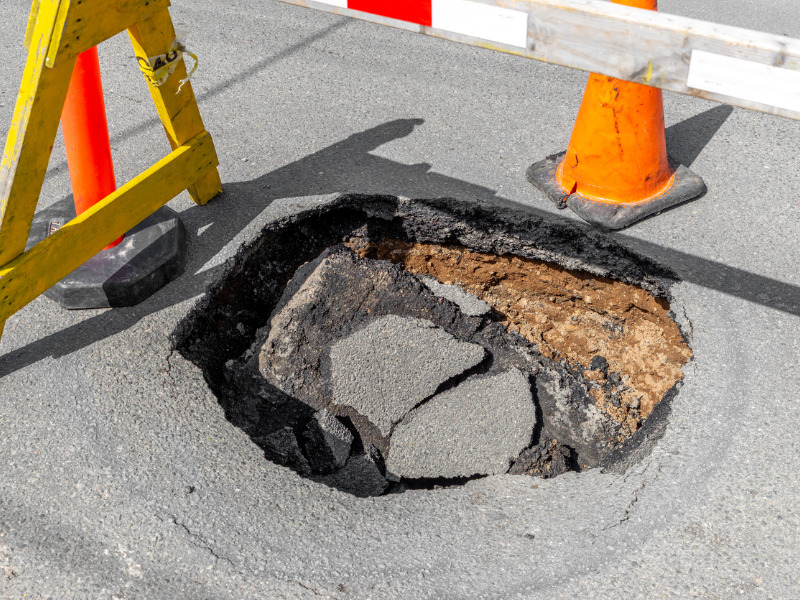Is your client covered for pothole damage?

The City of Toronto’s Saturday launch of its fifth pothole repair blitz this year brings insurance coverage for pothole damage back into the spotlight.
In general, pothole damage in Ontario is covered under optional collision or all-perils auto insurance coverage, reported Woodbridge, Ont.-headquartered brokerage isure insurance.
“Most car insurance policies will cover damage caused by a pothole — as long as you have the right coverage,” isure said on its website. “However, these are optional coverages. So, if you opted out of both of these (collision and all-perils coverage) when you bought your policy, you will have to pay to repair the damage yourself.”
When making a claim for damages caused by a pothole, isure said, you’ll have to pay a deductible. If the insurer tries to seek reimbursement from the local government and they’re successful, there’s a chance you could get your deductible back.
“There’s a catch, however,” the brokerage warned. “You are responsible for paying the deductible first, so if you have a $500 or $1,000 deductible and the pothole damage is less than this amount, you should not make a claim.
“A collision for a pothole will also be deemed an ‘at-fault’ claim by your insurer, so make sure to consider your options before filing.”
The city may also pay for damage, but it’s far from guaranteed. For example, in 2020, Toronto drivers made 1,761 pothole damage claims against the city — far less than in previous years, likely due to the pandemic — RatesDotCa reported in August 2021. The city paid approximately 25% of them.
iStock.com/craiguglinica
Toronto’s pothole blitz between 6 a.m. and 6 p.m. Saturday was intended “repair as many potholes as possible,” the city said in a press release Friday. To date, city crews have repaired more than 135,000 potholes since the beginning of the year. Toronto city council’s approved budget for pothole repairs in 2023 is $4.6 million.
Normally, potholes can be repaired within four days of crews being made aware of them through proactive patrols or service requests from residents, the city reported. When there are large numbers of potholes to be repaired, they are triaged based on size and repairs on major roads are prioritized.
Potholes occur when water penetrates the top layer of asphalt through cracks in the road, the release explained. After that moisture freezes and expands, sections of the pavement are forced up. The weight of vehicles driving over these sections breaks the pavement, forcing the asphalt out.
How can drivers avoid pothole damage?
In fine, dry weather, a driver can sometimes get a clue from a change in road colour, Nick Batistic, a retired broker in British Columbia, told Canadian Underwriter Friday. As vehicles hit the pothole, any loose oil will splatter to the ground, discolouring the surface.
“A driver can see this in advance, offering a chance for avoidance,” Batistic said.
This technique is taught by driving schools for both potholes and road dips, he said, but doesn’t apply in rainy, snowy or night conditions.
The best way to avoid damage to a vehicle is to avoid the pothole altogether, which is not always feasible. If the pothole is unavoidable, Carfax Canada offers these tips to minimize vehicle damage:
Slow down as much as possible before running over the pothole, releasing your brakes at the last possible moment. Braking shifts the weight of the vehicle forward, making the car heavier in the front. “Hitting the brakes when you’re in the pothole will make the impact worse and cause more damage.”
Be careful when driving in heavy rain and avoid deep puddles whenever possible — you never know if there’s a massive pothole underneath.
Ensure a vehicle is properly maintained, with particular focus on tires. Properly inflated tires can handle the pressure of a pothole much better than over- or under-inflated tires.
Have the vehicle’s alignment checked regularly. Consider having tires realigned twice a year.
Feature image by iStock.com/madsci







